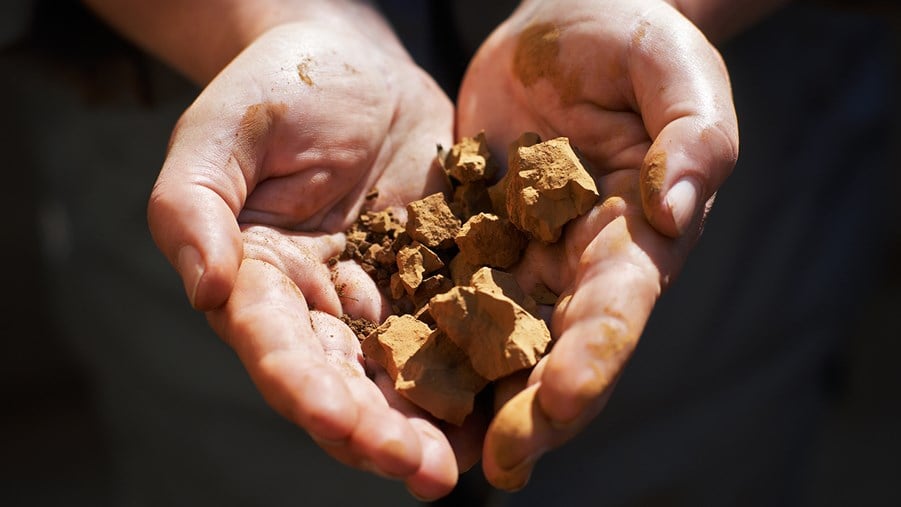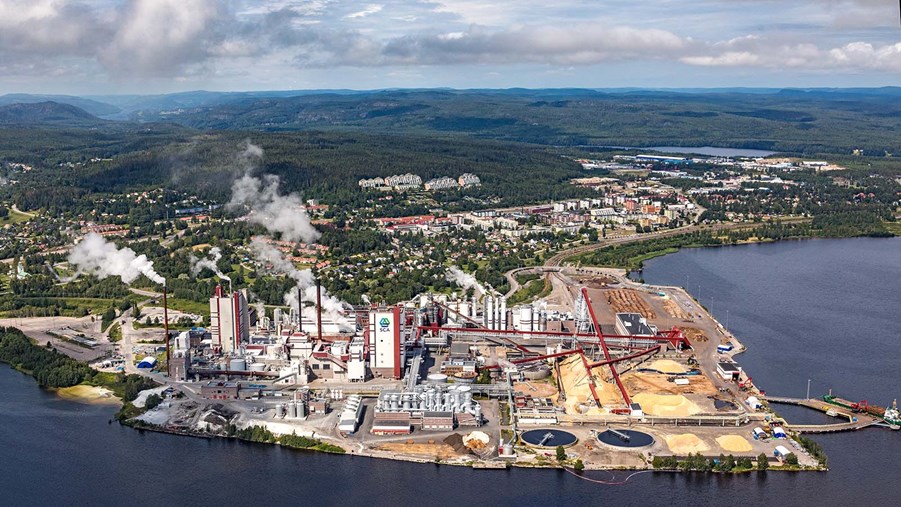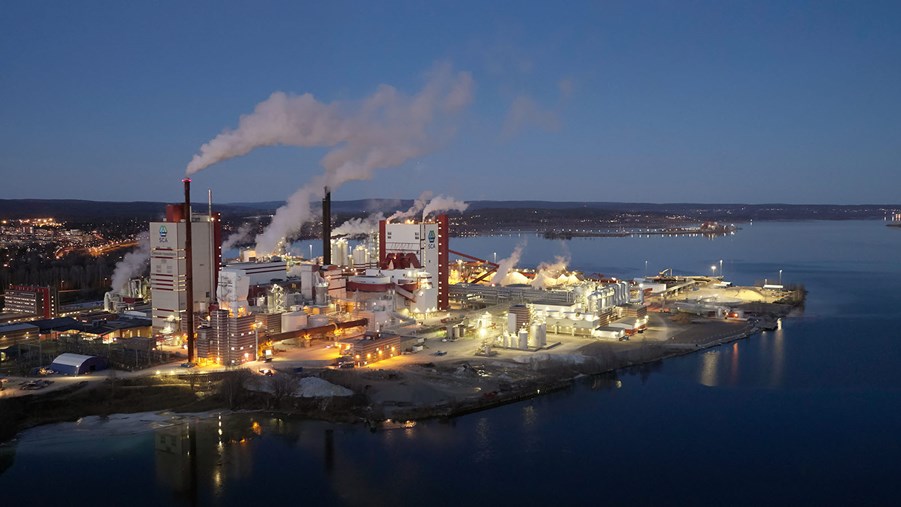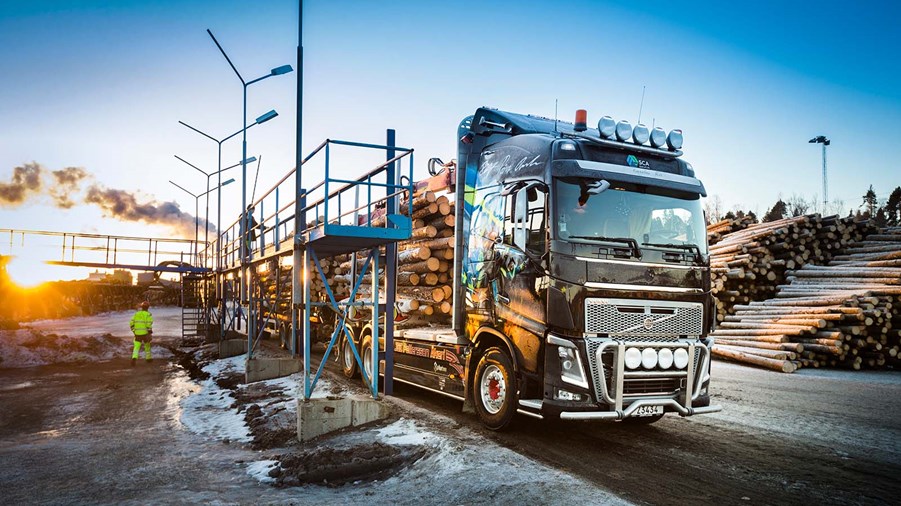
Streams of residual materials from the forest industry are used to produce fossil-free biofuels. Pine oil is currently the most widely used of these products, although bioethanol and biogas are also produced.
Diesel from pulp mill pine oil
Swedish-made biodiesel is mainly produced from pine oil, a by-product from chemical pulp mills. In addition to pine diesel, pine oil can be used as energy or to produce other green chemicals.
Ethanol from residual “brown liquor”
Small amounts of bioethanol are produced from brown liquor and biogas from waste water generated by Swedish forest industries. With more efficient use of forest resources, industry’s residual and by-products and bio-based waste, we could increase the raw material base available for biofuel production.

Lignin is the second most common component in wood after cellulose and is the building block that gives wood its strength and stability.
Biofuel from lignin
Tests are underway to produce biofuel from lignin, which can also be recovered from chemical pulp mills. Currently, Lignin is primarily used to produce electricity and steam for internal industrial processes. If some of this lignin is extracted, it can become a raw material for new materials, biofuels or chemistry. Before lignin is extracted, it is necessary to ensure that the internal processes it supports have sufficient alternative sources of renewable energy.

Setra, one of Sweden’s largest wood product companies, and petrol and bio-fuel company Preem are planning to build a refinery that from 2021 will produce pyrolysis oil, a fossil-free and renewable petrol and diesel fuel made from forest raw material. Pyrolysis involves a process in which a substance is rapidly heated so that the material vaporizes and condenses into a liquid. This process can be used to convert branches, roots and sawdust into oil. Photo: Setra
Photo: Setra


